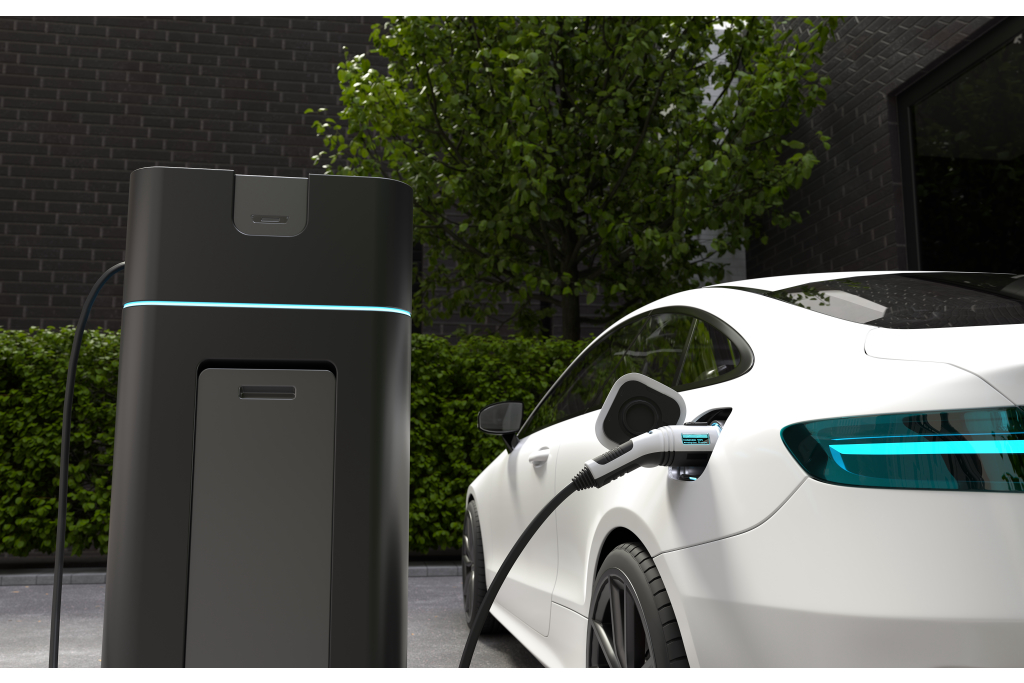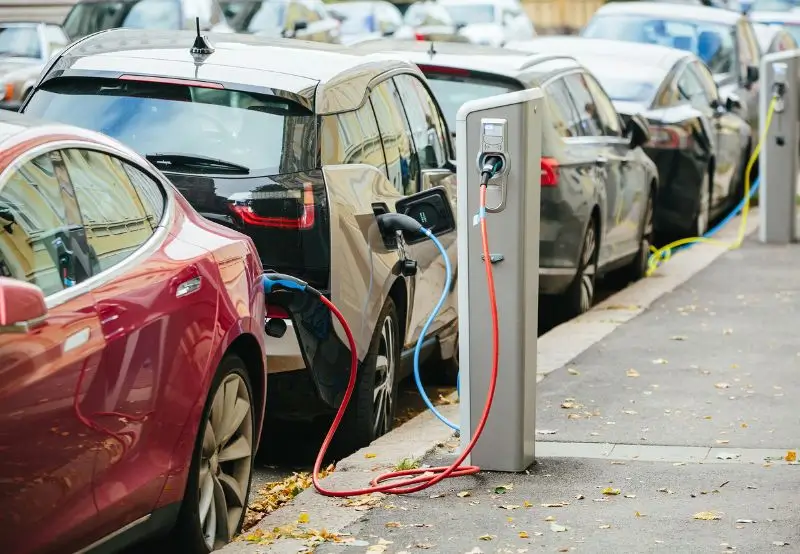EV Charging Infrastructure Guidelines by Ministry of Power: A Comprehensive Overview
With the emergence of electric vehicles (EVs) in India, sustainable mobility is becoming a reality and this development is a sea change in the vehicle sector. As EVs gain momentum, building a strong EV charging infrastructure is introduced as a priority of the country. The Ministry of Power (MoP) has issued comprehensive guidelines to streamline EV charging station installation, ensure accessibility, and promote investment in the sector. These standards offer a way guide to businesses and policymakers as well as consumers and touch on very essential areas like subsidies, grid, tariff of supply of electricity and performance standards.
The blog post explores the major highlights of the EV charging infrastructure guidelines given by the Ministry of Power, providing details on how they are affecting the industry. We will explore essential topics, including EV policy India, EV charging station guidelines, EV charging station installation, the impact of EV charging on the grid, and EV charging station subsidy in India.

Understanding the EV Charging Infrastructure Guidelines
The guidelines issued by the Ministry of Power aim to establish a uniform and well-coordinated framework for the development of EV charging infrastructure in India. Among the essential goals there are:
- Providing for the availability of public charging stations (PCS) in urban and rural areas.
- Standardizing technical and safety criteria for EV chargers.
- Providing private sector investment in charging infrastructure.
- Having a centralized database for EV charging stations.
- Providing for concerns of grid stability and load management.
- Providing incentives and subsidies to encourage investment in EV charging stations.
- Standardizing tariffs for supply of electricity to EV charging stations.
A Centralized Platform for EV Charging Database
Among the most important recommendations of the guidelines is the establishment of a central source of information about Public Charging Stations (PCS). Through this platform, real-time monitoring, and collection of data, and a streamlined location mapping of charging stations will be made in the country. The availability of the centralized database will help streamline operations as well as providing current information concerning the location, availability, and price of charging stations to EV users.
Policymakers will also find the database useful as they will use it to make data-informed decisions to properly plan and implement charging infrastructure. Additionally, private stakeholders looking to invest in EV charging station installation can leverage this database to identify high-demand areas and optimize their business strategies.
EV Charging Station Guidelines and Installation Requirements
The Ministry of Power’s guidelines outline the key parameters for EV charging station installation, including:
- Location and Accessibility: Charging stations should be placed at strategic locations like highway facilities, shopping malls, institutions, in residential societies and in open areas.
- Charger Standards: Charging points have to correspond to the Bharat AC-001, DC-001 and international standards, including CCS and CHAdeMO.
- Power Requirements: The power requirements given as guidelines with capacity power capacity as well as load management strategies to curb grid instability.
- Licensing and Compliance: The operators should comply with government regulations on safety, maintenance and interoperability.
- Electricity Supply Tariffs: Electricity tariffs that will be used in EV charging points are given as part of the guidelines and must be at a fair value as well as affordable.
These guidelines will allow a smooth and effective EV charging ecosystem in India as they will allow standardization and compliance.
Impact of EV Charging on Grid Stability
A growing concern in the EV sector is the impact of EV charging on the grid. In the context of more and more charging stations being operational, there arises a necessity to regulate the electricity demand. The guidelines focus on the following techniques in order to overcome the grid stability challenges:
- Time-of-Use (ToU) Tariffs: Encouraging off-peak charging to balance load distribution.
- Smart Charging Solutions: Implementing technology-driven solutions such as demand response and load management systems.
- Renewable Energy Integration: Promoting the use of solar and wind energy to power charging stations and reduce dependence on conventional electricity grids.
- Battery Energy Storage Systems (BESS): Deploying energy storage solutions to mitigate demand surges and enhance grid resilience.
These actions will be important in averting the load on the power infrastructure of India and help the smooth entry of EVs into the energy system.
EV Charging Station Subsidy in India
The Indian government has numerous financial incentives in order to speed up the development of EV charging infrastructure. The EV charging station subsidy in India includes:
- Faster Adoption and Manufacturing of Hybrid and Electric Vehicles (FAME-II) Scheme: Provides capital subsidies for setting up charging stations.
- State Government Incentives: Various states offer additional subsidies, reduced electricity tariffs, and tax benefits for EV charging station operators.
- Public-Private Partnerships (PPP): Encourages collaboration between government and private players to enhance investment and innovation in the sector.
- Low-Interest Loans: Financial institutions offer attractive loan options to facilitate infrastructure expansion.
With the help of these subsidies, entrepreneurs and investors can build the charging stations at a lesser financial cost, hence forming a part of the national drive to adopt EVs in the country.
Conclusion
The Ministry of Power’s EV charging station guidelines provide a well-structured framework to support India’s electric mobility revolution. From defining technical standards and promoting private participation to addressing grid stability concerns, setting tariffs for electricity supply, and offering subsidies, these guidelines lay a strong foundation for a sustainable EV ecosystem.
With a centralized platform for charging station data, streamlined installation processes, and financial incentives, India is well on its way to building a future-ready EV charging network. As the adoption of electric vehicles accelerates, these policies will play a crucial role in shaping an efficient, accessible, and environmentally friendly mobility landscape.
Stay tuned to our blog for the latest updates on EV policy India, EV charging infrastructure developments, and investment opportunities in the sector.
Frequently Asked Questions (FAQs)
The Ministry of Power’s guidelines focus on standardizing charging infrastructure, ensuring accessibility, defining electricity tariffs, and promoting private investments.
The database provides real-time information on charging station locations, availability, and pricing, helping users plan their trips while aiding operators in optimizing their infrastructure deployment.
EV charging increases electricity demand, which can strain the grid. Measures like smart charging, time-of-use tariffs, and renewable energy integration help maintain grid stability.
Yes, the Indian government provides financial incentives under the FAME-II scheme, along with state-level subsidies, reduced tariffs, and tax benefits for charging station operators.
Charging station operators must adhere to technical and safety standards, obtain necessary approvals from local authorities, and ensure compliance with government regulations.












